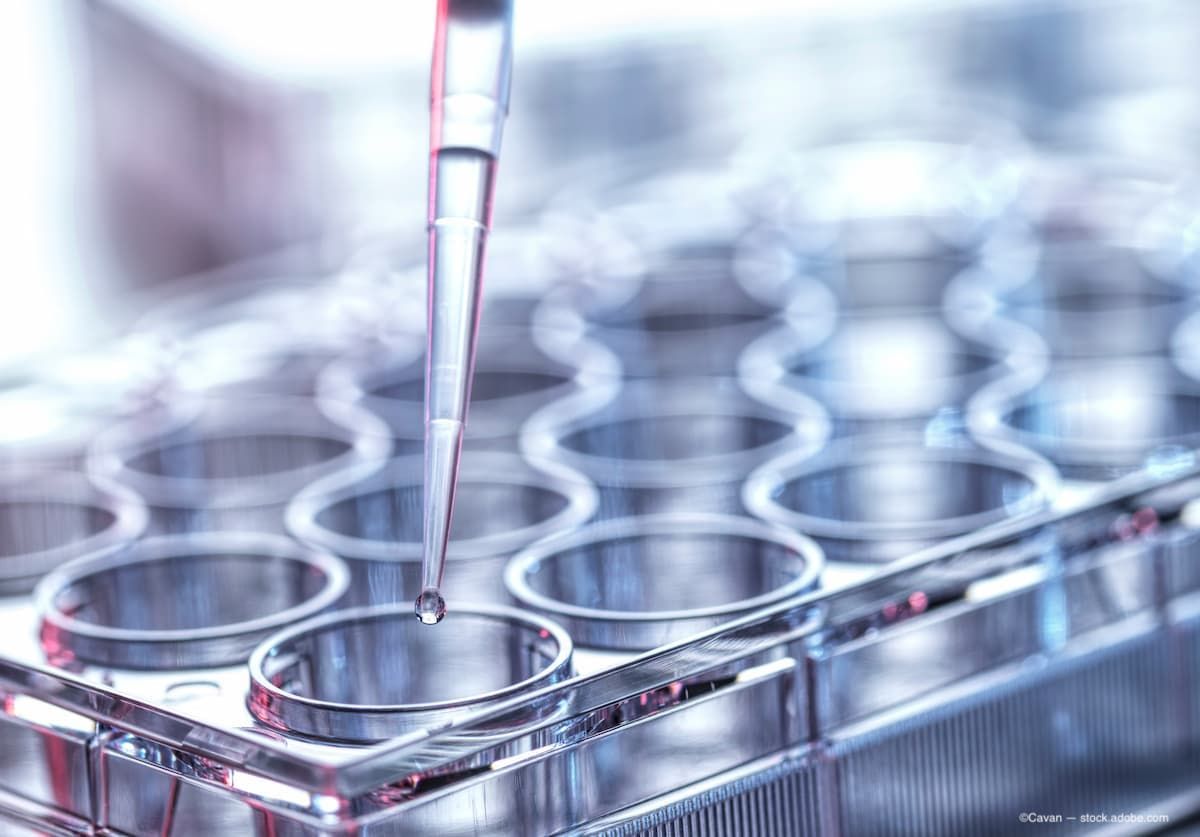Article
ARVO 2023: SB15, biosimilar to Aflibercept, similar at 56 weeks
Author(s):
SB15 (Samsung Bioepis) has shown similar efficacy, pharmacokinetics, safety, immunogenicity to aflibercept after 56 Weeks in phase 3 clinical trial.
(Image Credit: AdobeStock/Cavan)

SB15 (Samsung Bioepis), a biosimilar formulation, showed similar effectiveness, pharmacokinetics, safety, and immunogenicity to the reference aflibercept (Eylea, Regeneron Pharmaceuticals) for treating neovascular age-related macular degeneration (AMD) after 56 weeks in a phase III clinical trial, reported SriniVas R. Sadda, MD, Director, Artificial Intelligence & Imaging Research, Doheny Eye Institute and Professor of Ophthalmology at the University of California – Los Angeles, David Geffen School of Medicine. He reported the results at the Association for Research in Vision and Ophthalmology annual meeting.
The purpose of the randomized, double-masked, multicenter phase III clinical trial was to evaluate the equivalencies of the 2 drugs in the changes from baseline in the best-corrected visual acuity (BCVA) at week 8 and the comparable efficacy, safety, immunogenicity and pharmacokinetics out to 56 weeks.
A total of 449 patients with nAMD were randomized to treatment with either 2 mg SB15 (n=224 patients) or aflibercept (n=225 patients) every 4 weeks for 3 consecutive intravitreal injections, followed by treatment every 8 weeks through week 48. At week 32, patients were randomized again to continue with SB15/SB15 or aflibercept/aflibercept or change from aflibercept to SB15 (aflibercept/SB15). The patients were assessed for efficacy, safety, immunogenicity, and pharmacokinetics out to week 56, Dr. Sadda recounted.
Phase III results
At the week 32 timepoint, 438 patients were again randomized, ie, 219 patients continued on SB15 (SB15/SB15, n=219), 108 continued with aflibercept, and 111 switched from aflibercept to SB15 (AFL/SB15, n=111). A total of 425 patients completed the study out to 56 weeks.
The results were similar between the 2 treatments regarding the improvements in BCVA and anatomic outcomes at week 56.
Dr. Sadda reported, “The mean BCVA letter change from baseline to week 56 was 7.3 for SB15 (n=224 patients) compared with 6.4 for aflibercept (n=113 patients) and 7.9 for aflibercept/SB15 compared with 7.5 for aflibercept/aflibercept. The safety, immunogenicity, and pharmacokinetics also were comparable between SB15/SB15 and aflibercept/aflibercept and between aflibercept/SB15 and aflibercept/aflibercept out to week 56 after re-randomization at week 32.”
In addition, no new intraocular inflammation occurred or anti-drug antibodies developed after the patients were switched in the aflibercept/SB15 group.
The results indicated that SB15 had similar efficacy, safety, immunogenicity, and pharmacokinetics compared to aflibercept out to week 56. Switching from aflibercept to SB15 did not reveal any treatment-emergent issues, eg, loss of efficacy, increased adverse events, or increased immunogenicity, Dr. Sadda related.




